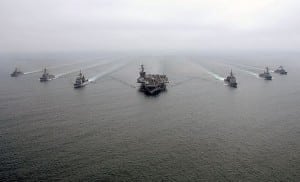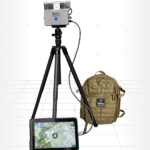
A recent U.S. Navy exercise tested the ability of an aircraft-carrier strike group to continue to operate at sea when its communication with higher headquarters is interrupted or slowed by a sophisticated adversary, according to service officials.The Fight to Hawaii exercise involved the USS Carl Vinson (CVN-70) carrier strike group, which left San Diego in January for Hawaii and a western Pacific deployment. The group includes the Ticonderoga-class cruiser USS Lake Champlain (CG-57) and Arleigh Burke-class destroyers USS Michael Murphy…

 By
By 











